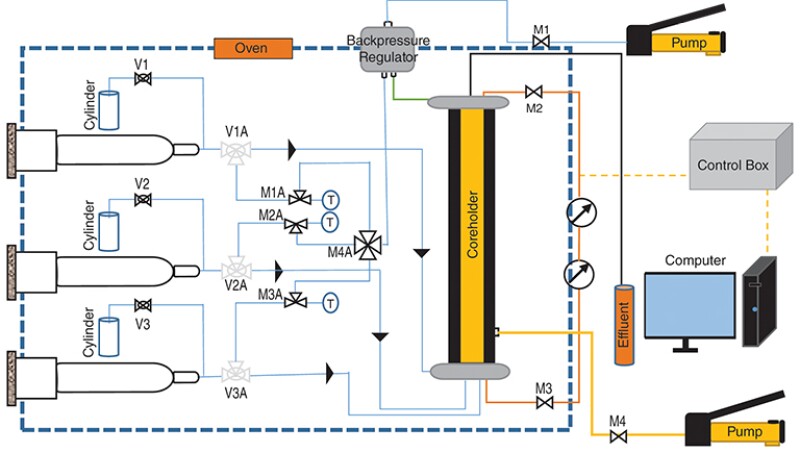Although the potential of nanoparticles (NPs) to improve oil recovery is promising, their effect during alternating injection is still uncertain. The main objective of the authors’ study is to investigate the best recovery mechanisms during alternating injection of NPs, low-salinity water (LSW), and surfactant and transform the results into field-scale technology. The outcome of these experiments revealed that tertiary injection of NPs results in additional oil recovery beyond the limits of LSW.
Introduction
A series of coreflooding experiments was conducted using several cores with an effective permeability of approximately 1 md to the brine at a temperature and pressure of 70°C and 3,000 psi. The study performs four different alternating injections of NPs with LSW and surfactant to determine optimal oil recovery.


